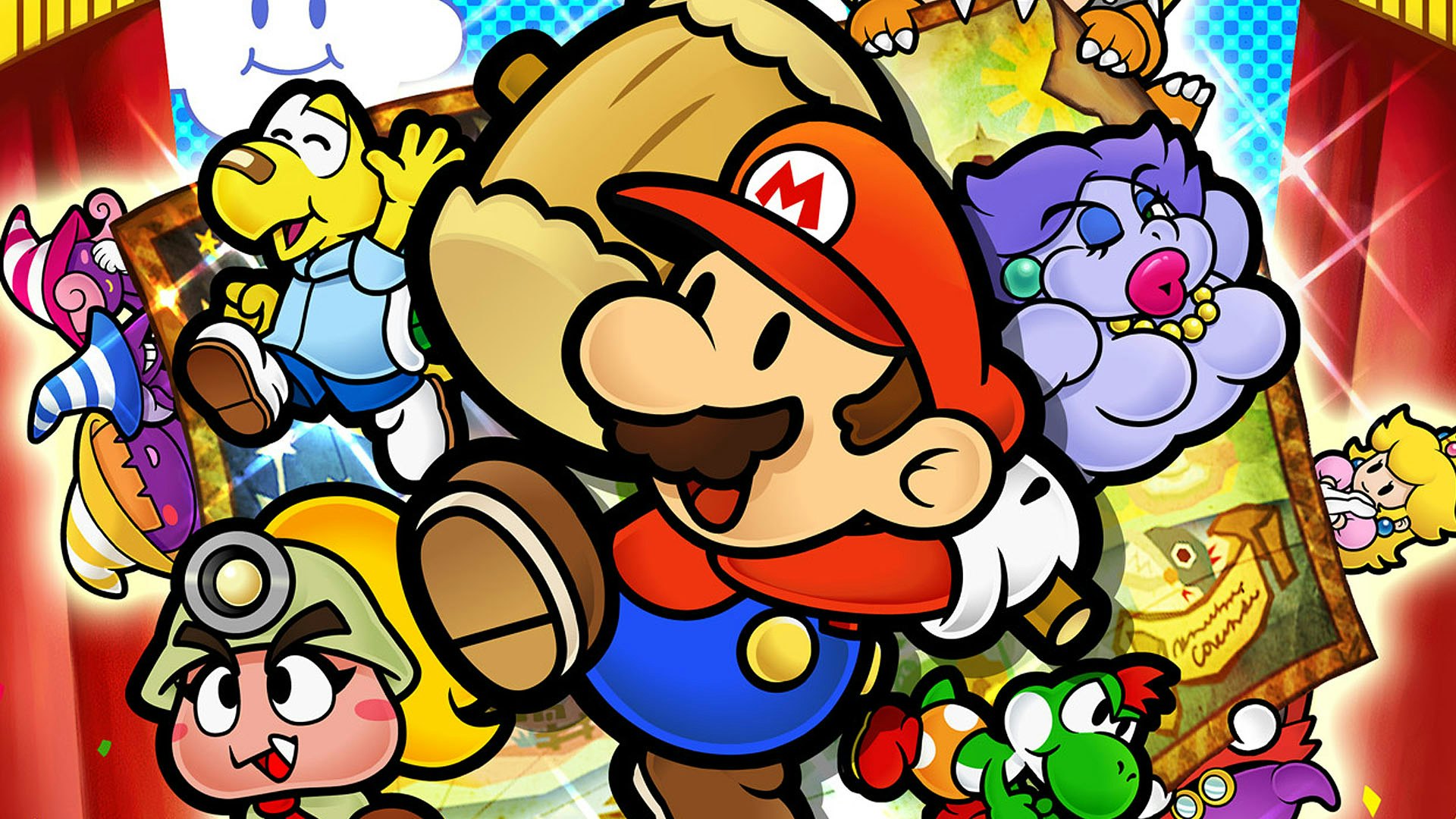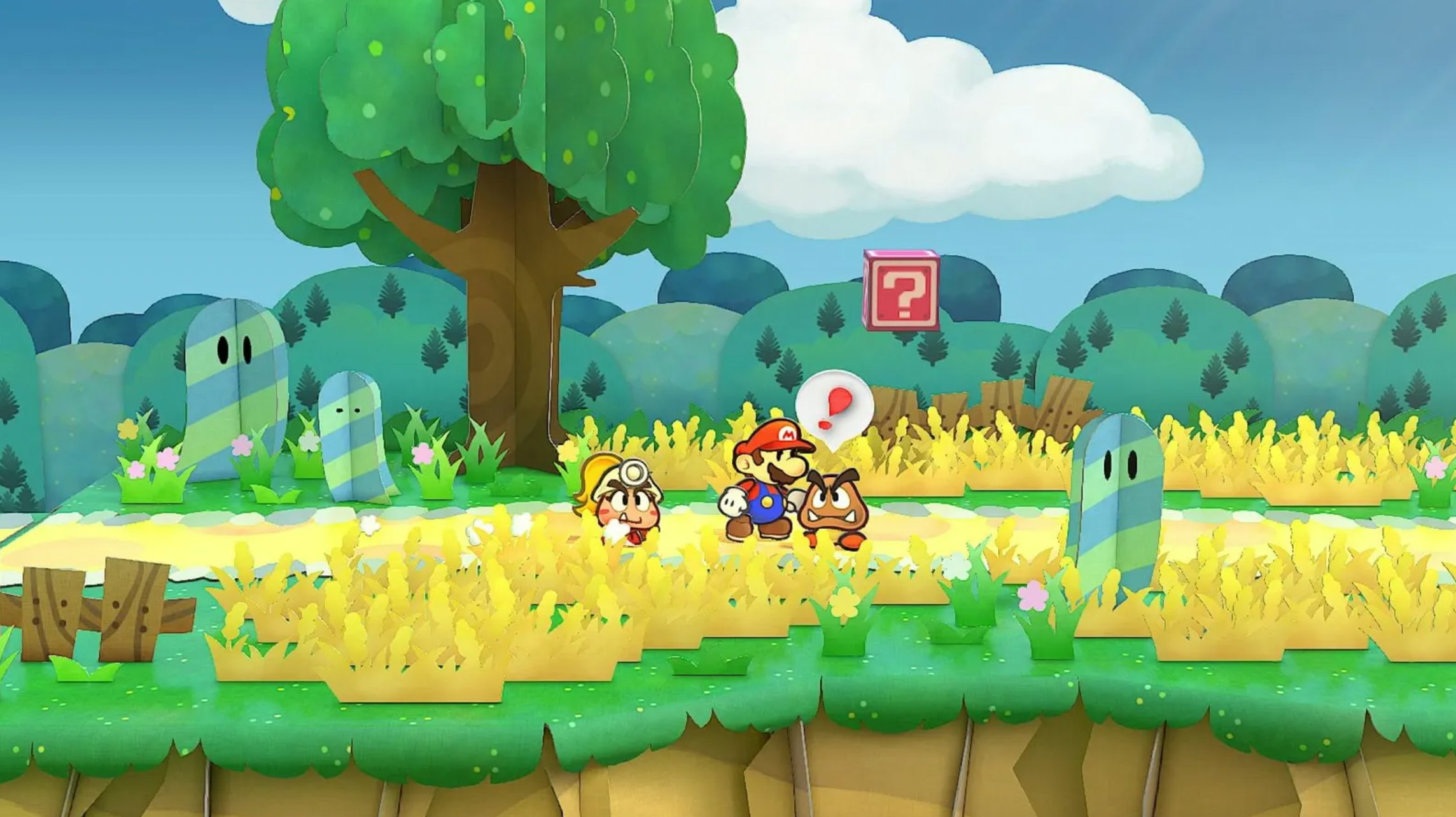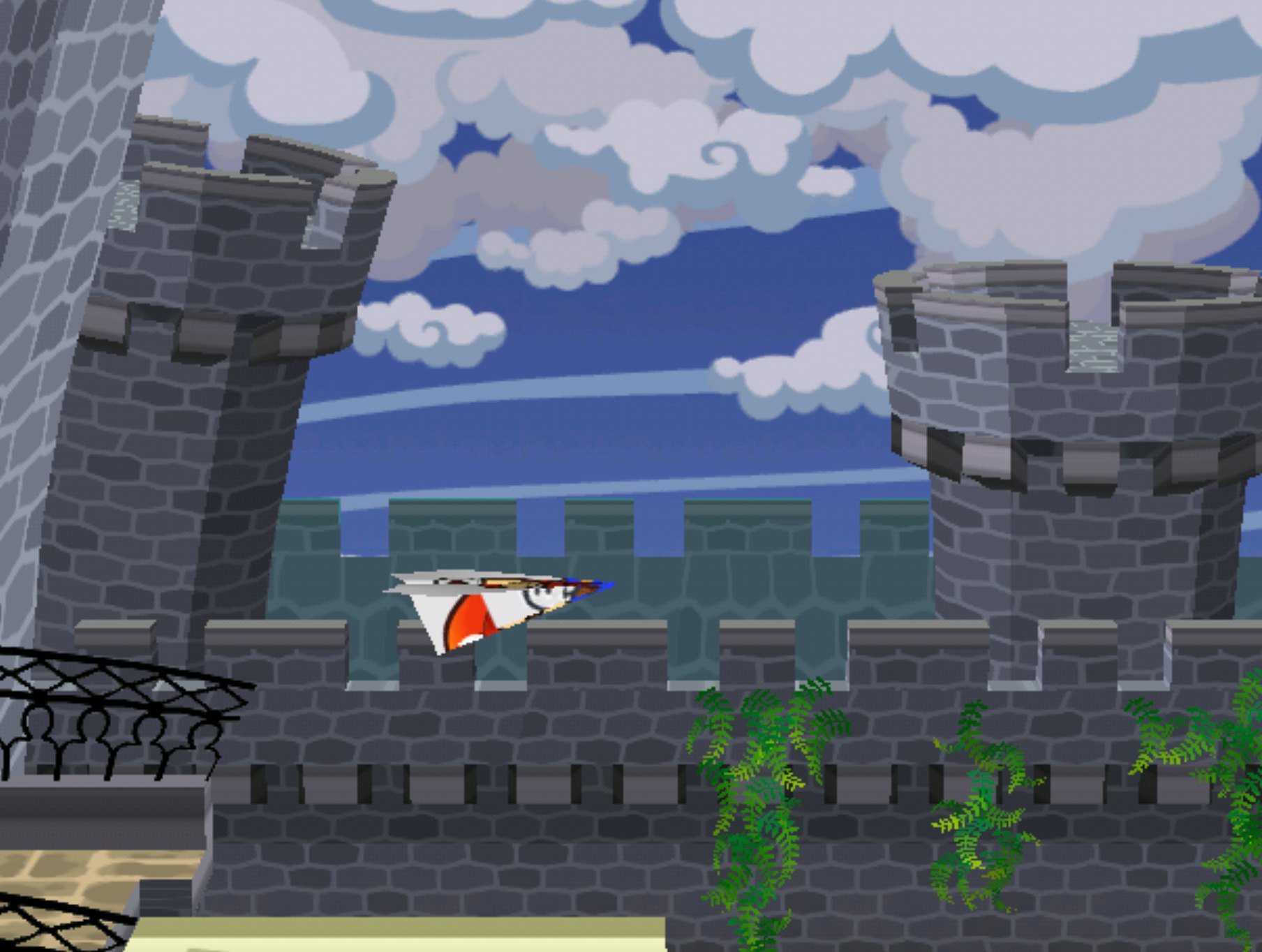
I tend to gravitate toward turn-based RPGs. As a physically disabled individual with Spinal Muscular Atrophy type II, the ability to indefinitely wait between actions in battles, allows me to play for longer periods. I don’t need to consistently mash buttons, perform complicated movements, or hold the controller at awkward angles. The Paper Mario games also offer the choice to either engage with or flee from most overworld encounters, which also makes playing easier for me. That is, until The Thousand Year Door.
On July 22, 2004, Nintendo released Paper Mario: The Thousand Year Door for GameCube. The sequel to Nintendo 64’s Paper Mario introduced a new setting, new abilities, new partners, and more importantly, new abilities for the titular character in the overworld. While these added new layers of gameplay, for me, they also introduced numerous inaccessible barriers.

In 2004, video game accessibility was in its infancy. Accessibility menus were few and far between, and their offerings included minimal settings, but some games were still considered accessible based on their gameplay. At the top of that list was Nintendo thanks to the company’s penchant for family-friendly games. Rarely did I struggle with games or needed to request outside assistance when playing a Nintendo game, which is why I found myself never able to fully appreciate what The Thousand Year Door did to my favorite paper hero.
My biggest critique as a 10-year-old was the emphasis on manipulating Mario into different shapes to traverse the world and complete puzzles. While some creations like the Paper Airplane Mode were easy – all you needed was a quick press of the ‘Y’ button – other forms like Tube Mode and the aptly named Paper Mode required you to hold ‘R’ continuously or frantically wiggle the control stick until Mario transformed. With my atrophied hands, I was never able to properly reach the top half of a Gamecube controller. Instead, I had to request help from a family member or stop playing if no one was around.
Transforming was a key aspect to not only completing the game but also uncovering secret items and badges. It’s impossible to not need to transform, especially when each new power is introduced. The Thousand Year Door’s implementation of this mechanic was integral to bringing the paper side of Mario to life, but it also made me intimately aware of my physical limitations while gaming. As a 10-year-old, I struggled to accept that some games were too exhausting for me, not because of difficulty but because of their design.

Despite my limitations with a key component of the game, The Thousand Year Door was accessible for most of my experience thanks in part to the game’s battle system. If one character’s abilities were too physically taxing, I would simply switch companions. And because no party member was particularly stronger than the rest, I had no issues developing favorites. Battles were never a problem, and as long as I had somebody to assist me with traversal, I was able to confidently and comfortably beat the game multiple times.
Paper Mario: The Thousand Year Door was my first true experience with the duality of accessibility and the disabled experience in games. Did I enjoy each playthrough? Absolutely. Did I also memorize each barrier throughout each run to remember when to ask for help or take a break? Of course.
Thankfully, Nintendo has vastly improved its accessible offerings in the last 20 years, so when a new remaster of Paper Mario: The Thousand Year Door arrived earlier this year, I didn’t think twice before buying a copy. And yet, as I progress through my first playthrough on Nintendo Switch, I can’t help but remember my 10-year-old self every time I encounter a barrier. But this time, I don’t need to ask for help. I can just change my controls to a more suitable position.







